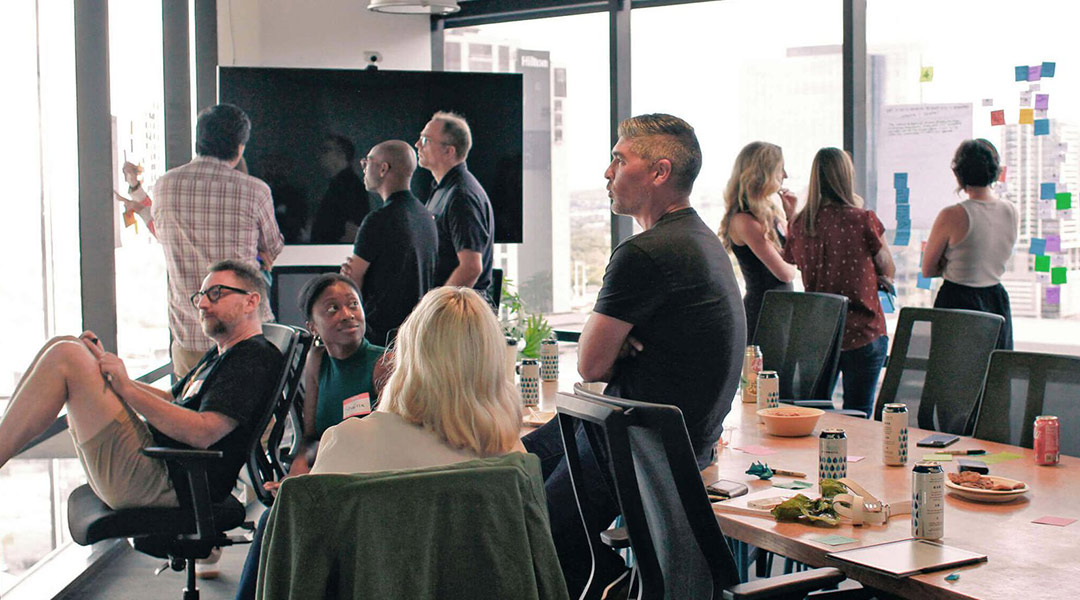The EX Manifesto lays out the values of EX and the principles of EX Design. Below are the ingredients for success but not the recipe – that’s up to each organization to create.
Shaping the future of EX for the world.
Right now, organizations are peeking over each other’s fences, trying to figure out how to compete on culture. But there isn’t a template to copy.
Each workplace culture is unique, and no two organizations can describe their culture the same way for this reason.
If you’ve experienced great workplace culture, you’ll know how it made you feel but may not be able to explain it. It’s like retelling a story without the lived context – “you had to be there.”
That’s because culture is observed in the thoughts, feelings, and relationships of employees. It is the nebulous sum of every experience your employees have had; intangible but very, very real.
Organizations shape their culture by default or by design. Smart organisations are investing into employee experiences just as they have been investing in customer experiences for years.
The employee-relationship is far more nuanced than the customer-relationship. Which is why we’ve pooled our combined experience into the EX Manifesto. To clarify what EX is and why it matters to organisations and employees.
Why a Manifesto?
Employee Experience (EX) defines the moments that, together, shape an organizations culture. While culture itself cannot be designed, the employee experiences that shape culture can.
The value of investing in EX is improved business performance through employee wellbeing. Organizations proactively improving their EX outperform reactive organizations focussing on mitigating pain points.
The EX Manifesto lays out the values of EX and principles of EX Design. Below are the ingredients for success but not the recipe – that’s up to each organization to create.
The EX Manifesto
- guides the next generation of practitioners in their work,
- raises the profile of EX to its rightful place as a crucial function for every organisation, and;
- is freely accessible and distributable in perpetuity.




Comments